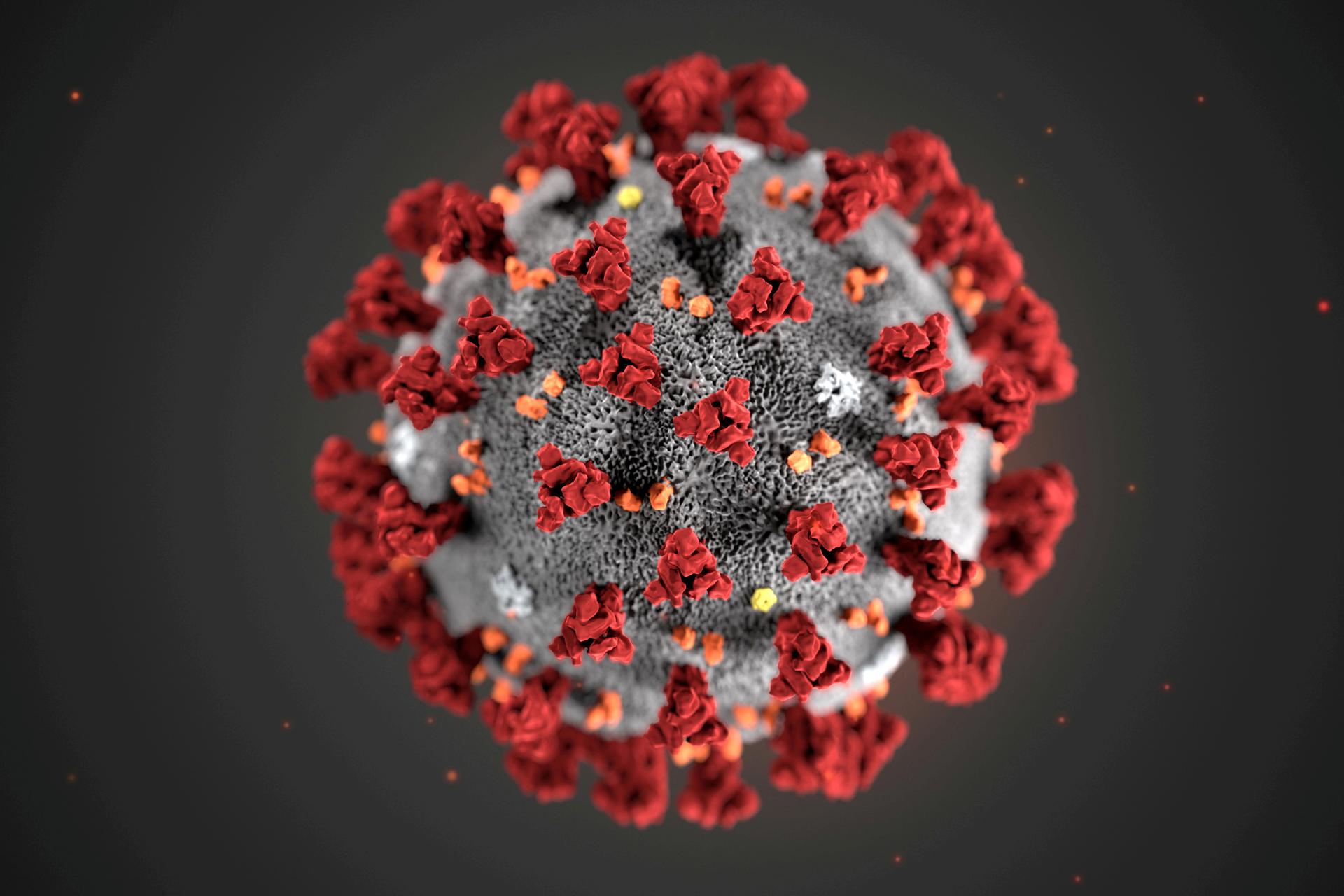The World Health Organization on Thursday released new guidelines on the transmission of the novel coronavirus that acknowledge some reports of airborne transmission of the virus that causes COVID-19, but stopped short of confirming that the virus spreads through the air.
In its latest transmission guidance, the WHO acknowledged that some outbreak reports related to indoor crowded spaces have suggested the possibility of aerosol transmission, such as during choir practice, in restaurants or in fitness classes.
But the WHO said more research is “urgently needed to investigate such instances and assess their significance for transmission of COVID-19.”
The report follows an open letter from scientists who specialise in the spread of disease in the air - so-called aerobiologists - that urged the global body to update its guidance on how the respiratory disease spreads to include aerosol transmission.
Based on its review of the evidence, the WHO said the coronavirus that causes COVID-19 spreads through contact with contaminated surfaces or close contact with infected people who spread the virus through saliva, respiratory secretions or droplets released when an infected person coughs, sneezes, speaks or sings.
WHO defines aerosols as being under 5 microns because only particles that small could float in the air long enough to be inhaled. However, Jimenez and Marr said a much larger range of particle size has been shown to contribute to infection.
Rather than size, they said the differences between droplets and aerosols should be based on how the infection occurs: If a person inhales the virus and becomes infected, it’s an aerosol. If the infection occurs by contact, they are droplets.
Although WHO has been focused on airborne transmission at long distances, Marr said breathing in aerosols “is of greater concern at close contact and when people are in the same room.”






















































